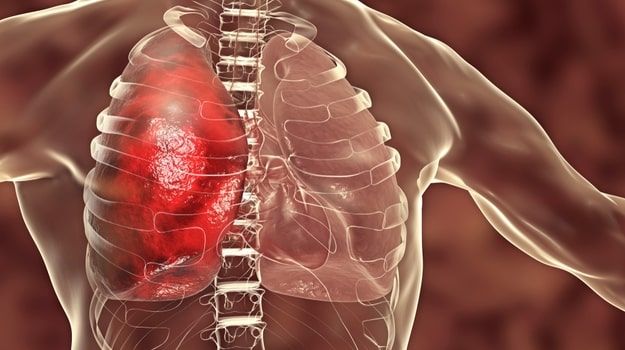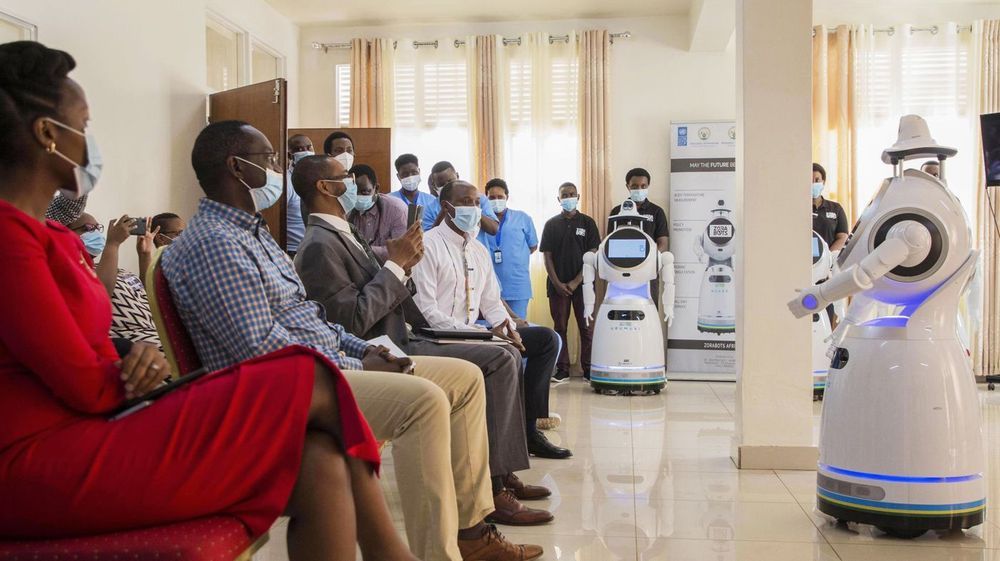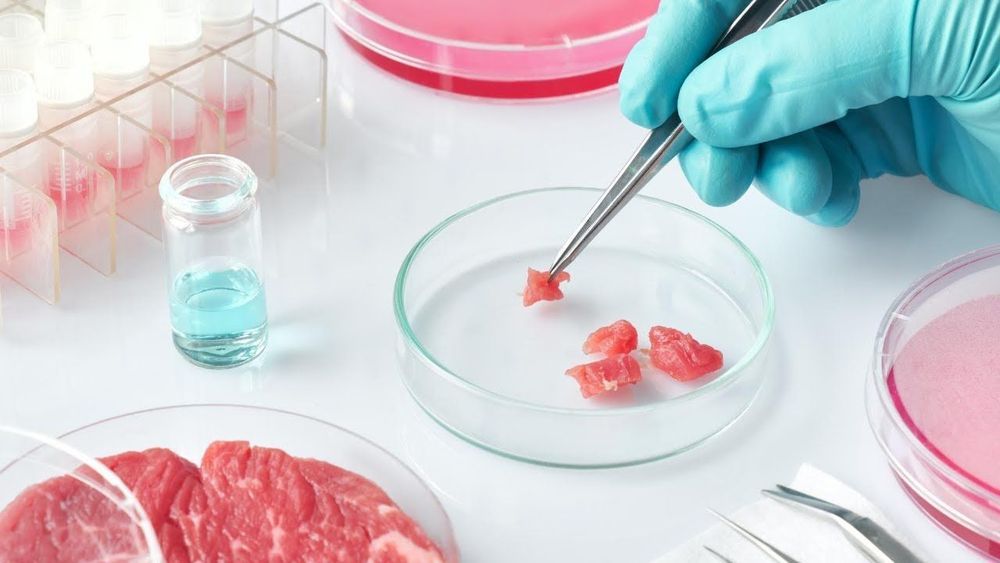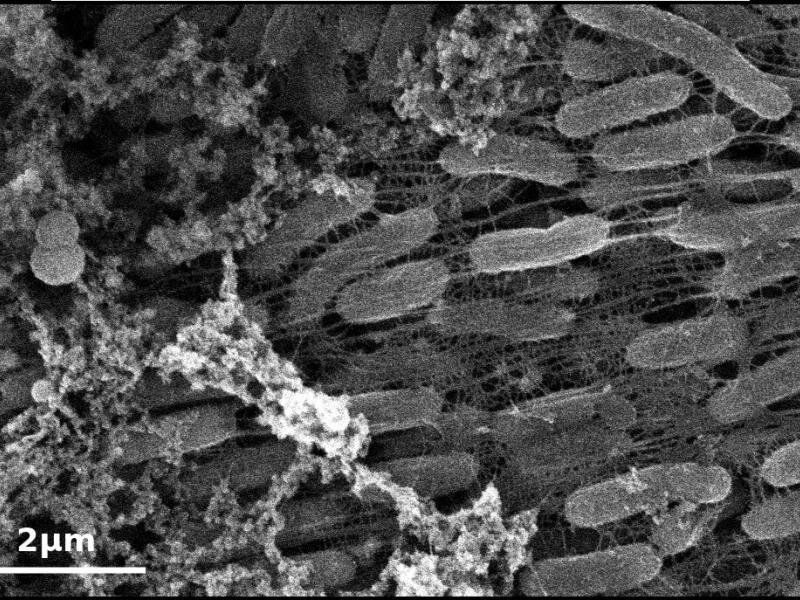
Roche’s Actemra failed to meet its primary and secondary endpoints in a late-stage study involving hospitalized patients with severe COVID-19 associated pneumonia. The drug also failed to hit a key secondary endpoint of reduced patient mortality.
Genentech, the South San Francisco-based Roche subsidiary, launched the Phase III COVACTA study of Actemra, a rheumatoid arthritis drug, in March for this indication. The COVACTA study marked the first global study of Actemra (tocilizumab) plus standard-of-care in this setting. Actemra is an IL-6 inhibitor. The IL-6 protein triggers the body’s immune and inflammatory response to fight infections. But, in the case of those patients where their immune system overreacts, such as in some COVID-19 patients, inhibiting IL-6 could keep the body from attacking itself.
This morning, Genentech announced that COVACTA did not meet its primary endpoint of improved clinical status in hospitalized adult patients with severe COVID-19 associated pneumonia. In addition, the key secondary endpoints, which included the difference in patient mortality at week four, were not met. However, there was a positive trend in time to hospital discharge in patients treated with Actemra, the company said. The median time to discharge for Actemra patients was 20 days, compared to 28 days for placebo patients. Genentech did say, however, that the difference cannot be considered statistically significant as the primary endpoint of the COVACTA study was not met.


















